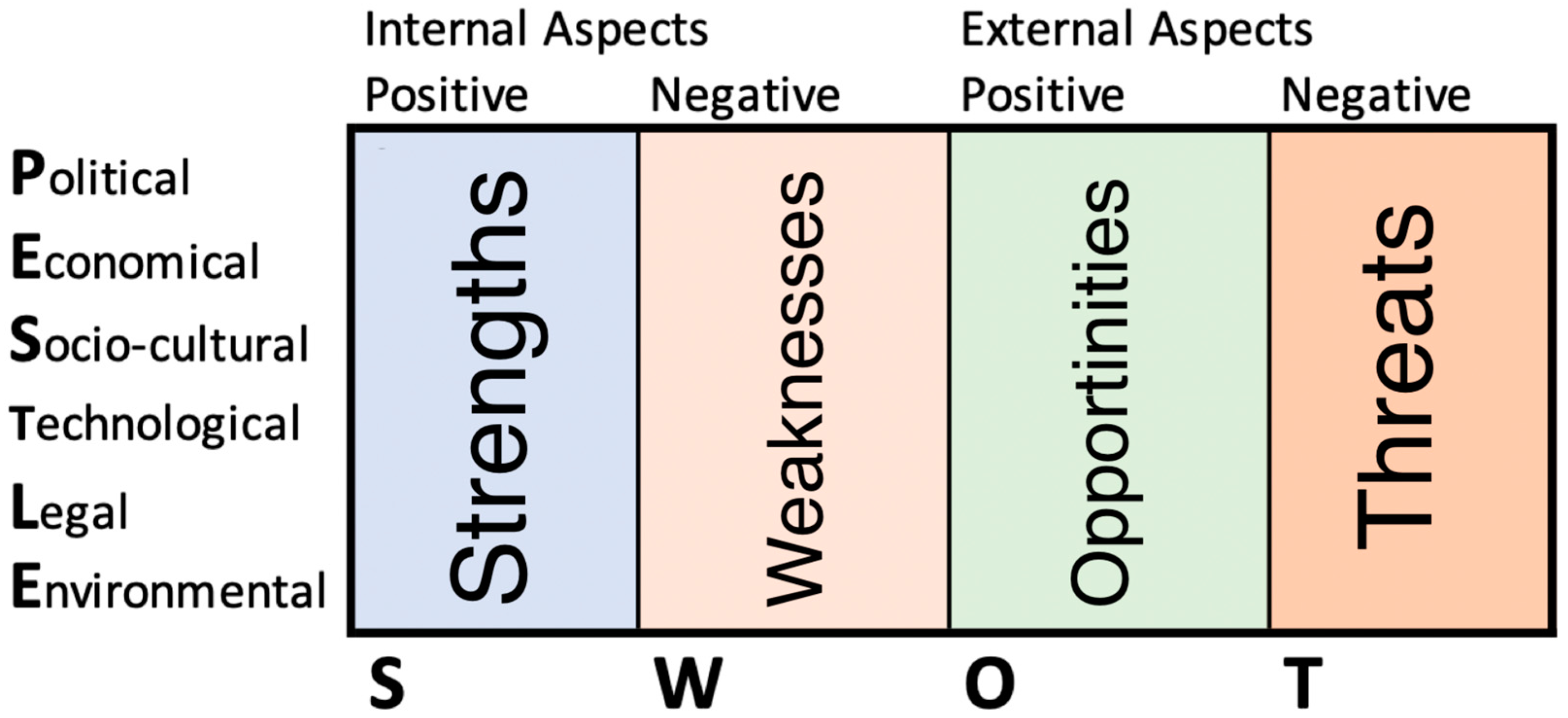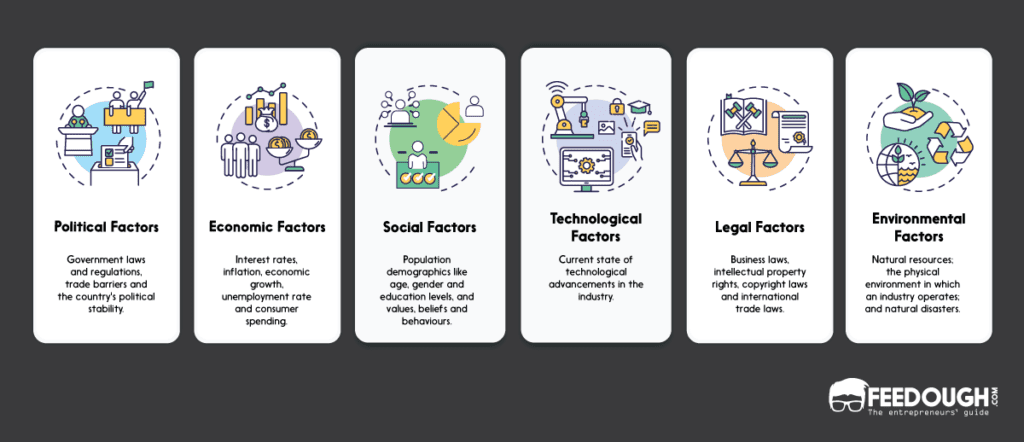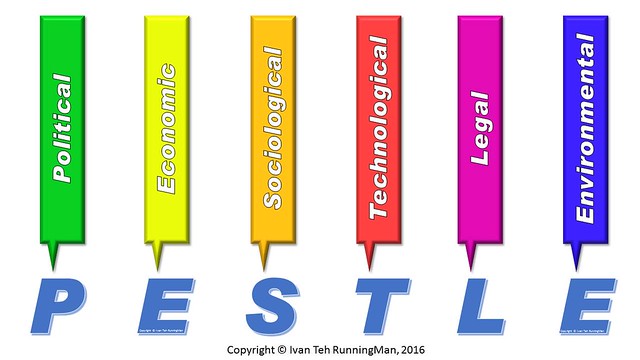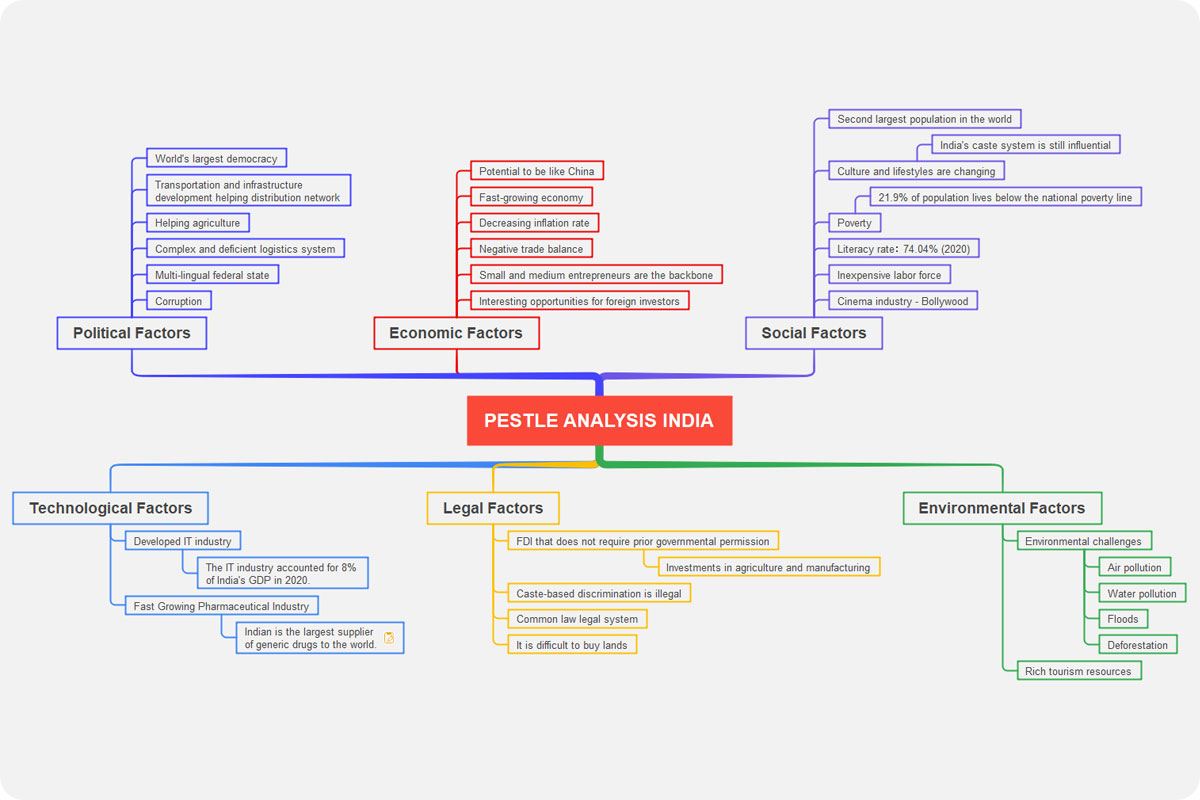Pestle analysis is a strategic tool used to analyze the external factors that can impact an organization. It is an acronym for Political, Economic, Sociocultural, Technological, Legal, and Environmental factors. A Pestle analysis is typically used in the context of business, but it can also be applied to other organizations such as a manufacturing company.
For example, consider a manufacturing company that produces automotive parts. A Pestle analysis of this company might examine the following factors:
Political: The government's regulatory environment can have a significant impact on a manufacturing company. For example, if the government imposes tariffs on imported goods or imposes strict environmental regulations, this can affect the company's costs and operations.
Economic: The state of the economy can also affect a manufacturing company. For example, if the economy is experiencing a recession, demand for the company's products may decline, which could lead to reduced profits. On the other hand, if the economy is growing, demand for the company's products may increase, which could lead to increased profits.
Sociocultural: The values and attitudes of the local population can also impact a manufacturing company. For example, if the local population values environmentally friendly products, the company may need to invest in more sustainable manufacturing processes.
Technological: The company's operations and products may be impacted by technological advancements or changes. For example, if a new technology becomes available that makes the company's manufacturing processes more efficient, this could lead to cost savings. On the other hand, if a new technology makes the company's products obsolete, this could lead to a decline in demand.
Legal: The company's operations may be impacted by changes in the legal environment. For example, if new labor laws are introduced that increase the company's costs, this could affect its profitability.
Environmental: The company's operations may be impacted by environmental factors such as natural disasters or changes in the climate. For example, if the company's manufacturing facility is located in an area prone to flooding, this could disrupt operations and increase costs.
By considering these factors, a manufacturing company can better understand the external forces that may impact its operations and make strategic decisions to mitigate potential risks. For example, if the company anticipates increased demand due to a growing economy, it may decide to invest in new equipment to increase production capacity. On the other hand, if the company anticipates increased costs due to new regulations, it may decide to invest in more efficient technologies to offset these costs.
In summary, a Pestle analysis is a useful tool for a manufacturing company to analyze the external factors that can impact its operations. By considering factors such as political, economic, sociocultural, technological, legal, and environmental factors, the company can make informed decisions to mitigate risks and take advantage of opportunities.







